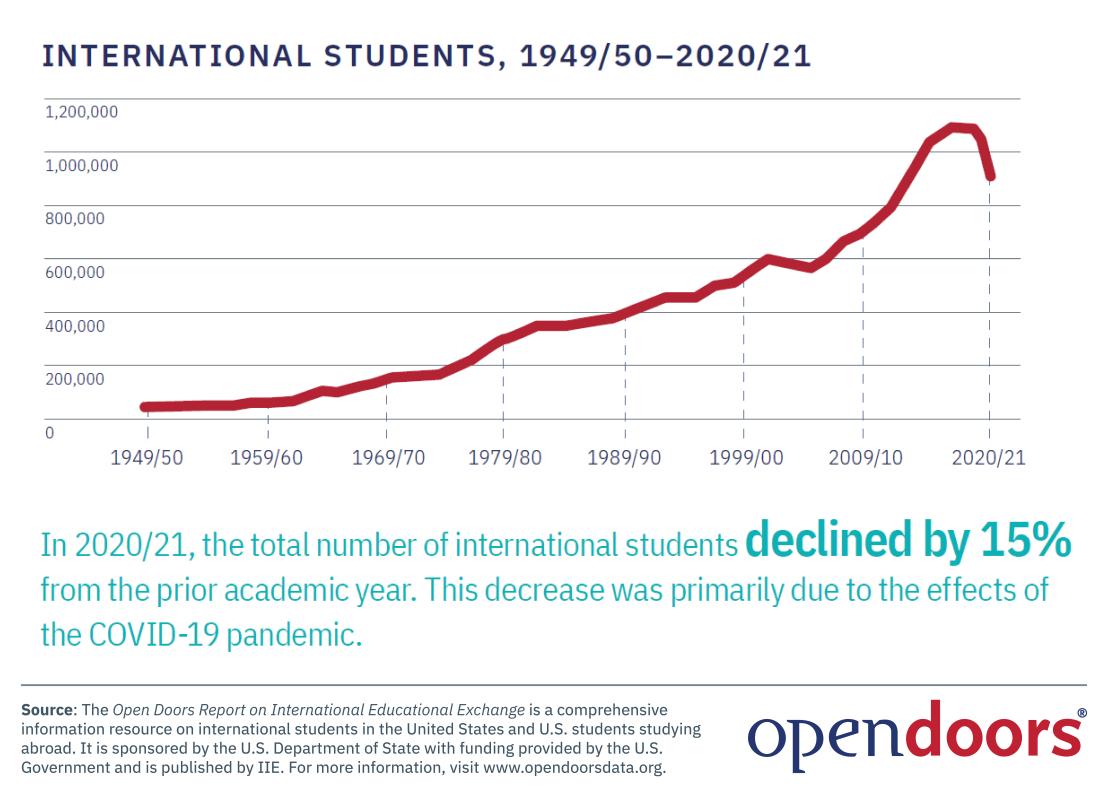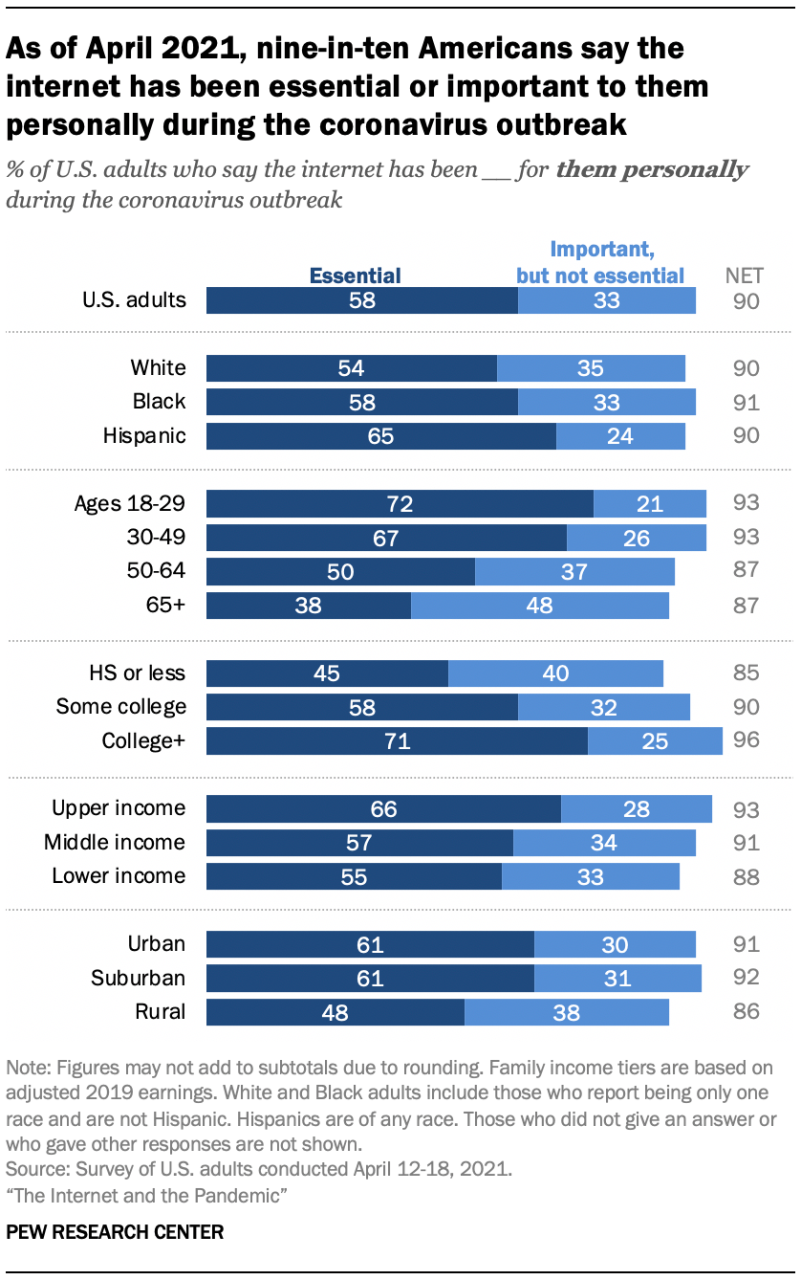
The COVID-19 pandemic has changed the way we live, work, and learn. With schools, universities, and other educational institutions forced to close their doors to prevent the spread of the virus, online learning quickly became the only viable alternative for millions of students worldwide.
Online Learning: The New Normal?

Before the pandemic, online learning was still considered a relatively new and untested teaching methodology by many educators and academics. However, with the outbreak of COVID-19, online learning quickly became the only solution to continue education while maintaining social distancing procedures.
As a result, many educational institutions were forced to adapt and create online learning programs. In fact, according to the World Bank, approximately 90% of countries have implemented some form of online learning during the pandemic.
The Advantages and Disadvantages of Online Learning

Online learning has become a popular alternative to traditional classroom education for various reasons. One of the main advantages is flexibility. Students can access course materials and assignments at their convenience, allowing them to balance learning with other commitments such as work and family.
However, online learning also presents some disadvantages. Lack of social interaction, technical issues, and inaccessibility to necessary equipment and reliable internet connection are just a few of the hurdles that students face.
The Future of Education: Balancing Online and Classroom Learning

Despite the challenges of online learning, many predict that it will continue to evolve and play a significant role in education in the future. In fact, some believe that online learning will become a vital part of the education system, even after the pandemic is over.
As educators and policymakers consider the best strategies for implementing online learning, it is essential to recognize the crucial role that face-to-face interaction plays in the learning process. Therefore, striking a balance between online and classroom learning is vital to provide students with a comprehensive and well-rounded education.
Conclusion
The rise of online learning during the pandemic has provided students with a convenient, flexible, and, in some cases, essential way to continue their education. However, while online learning offers several advantages, it also presents some significant challenges. As we move forward, it is crucial to develop a balanced approach to education that takes advantage of the benefits of online learning while still valuing the importance of face-to-face interaction and traditional classroom education.
